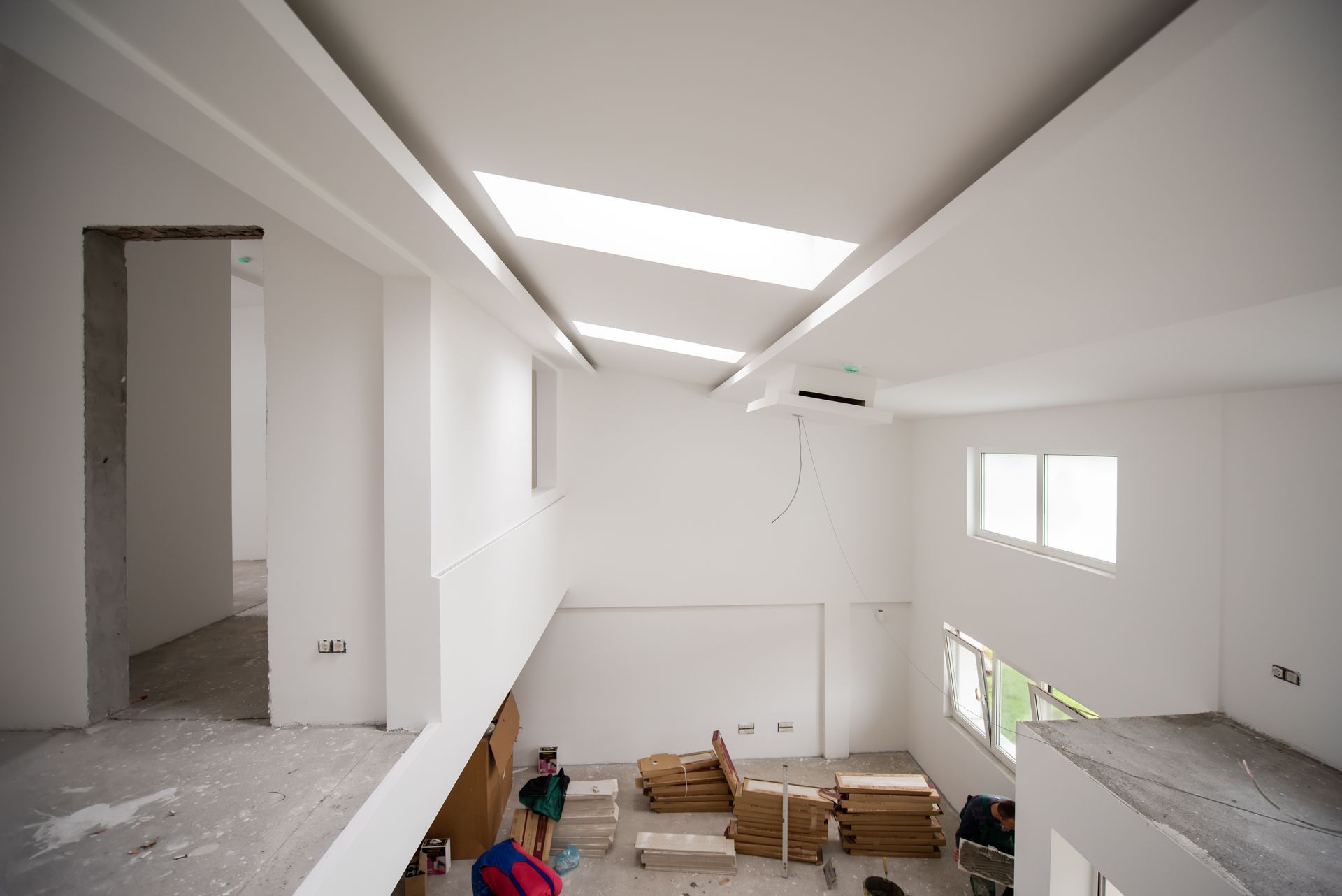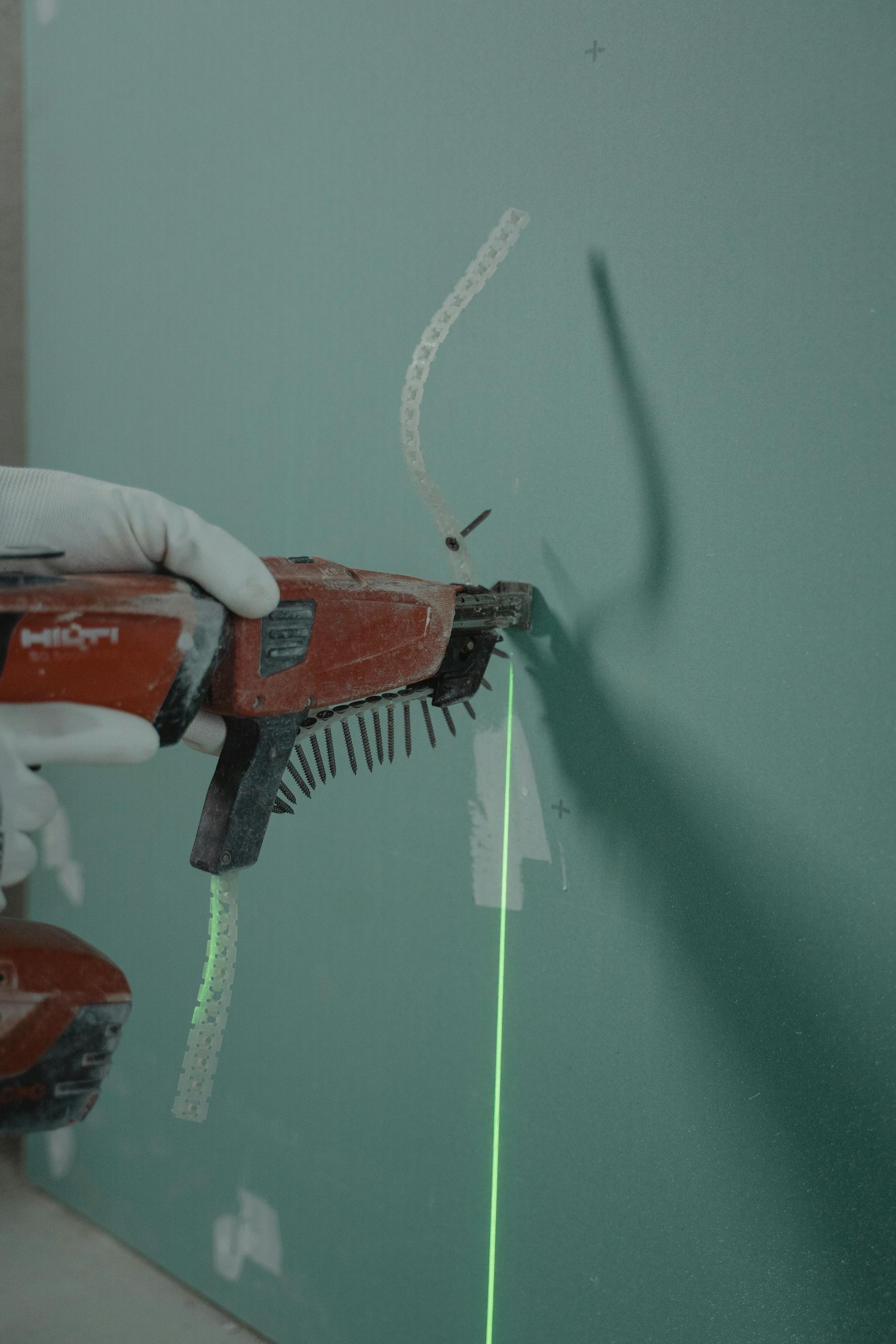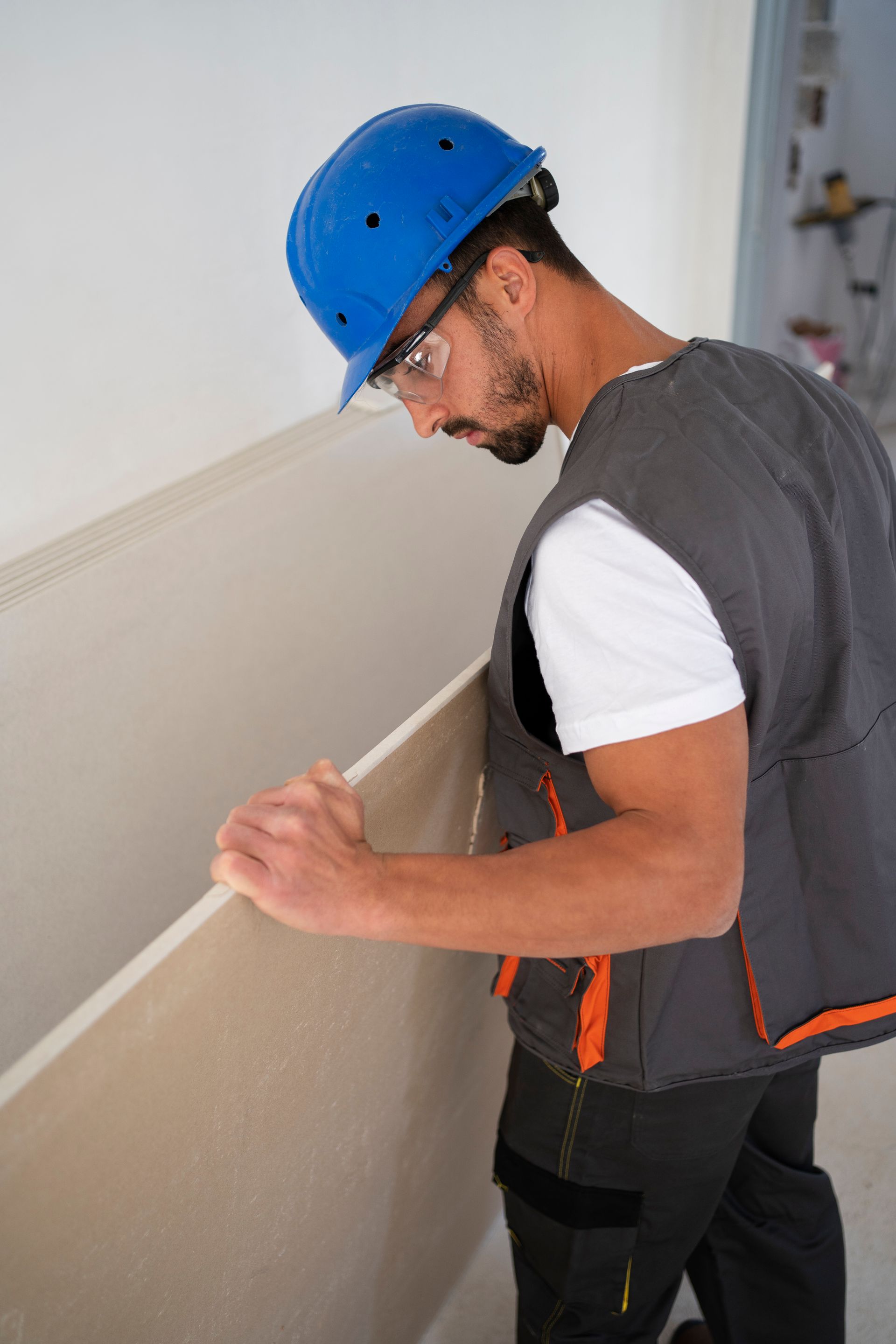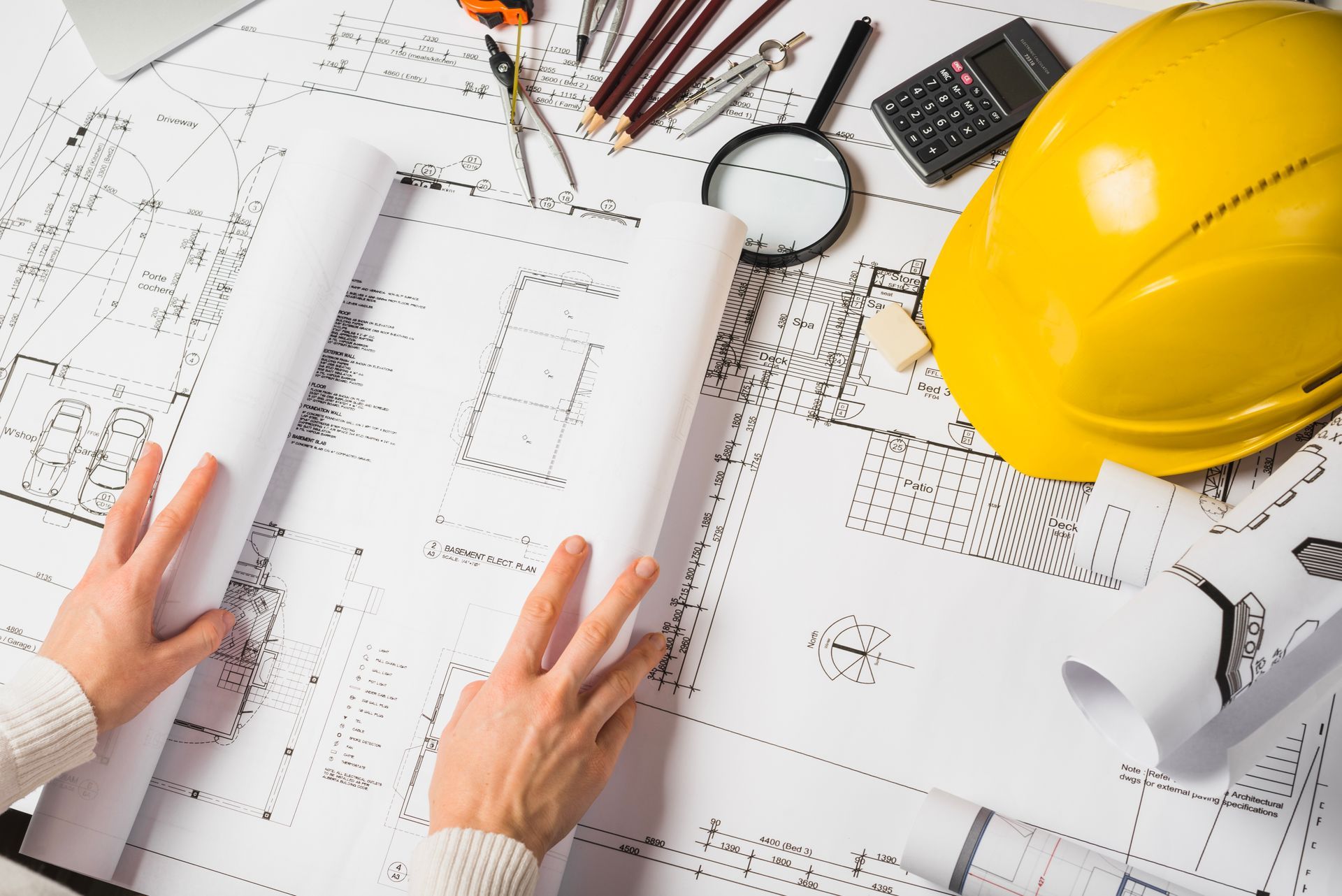Call Us
Call Us

The Hidden Costs of Poor Drywall Installation: What You Need to Know
When building or renovating a home, drywall work might seem like a simple part of the process. Many homeowners focus on paint colors and fixtures instead. But what happens when your drywall isn't installed right?
Poor drywall installation leads to higher energy bills, expensive repairs, reduced property value, and potential health hazards. These hidden costs add up quickly and can turn your dream home into a money pit.
The truth is, quality drywall work creates the foundation for beautiful, comfortable, and safe living spaces. Cutting corners might save money upfront, but the long-term expenses can be shocking. Let's look at what you need to know about these hidden costs.
Understanding the Basics of Quality Drywall Installation
What Makes a Good Drywall Installation
Quality drywall work starts with proper materials and skilled labor. Professional installers use the right thickness of drywall for each area and secure it with the correct screws and techniques. They make clean cuts and leave appropriate gaps for expansion.
Good installers pay special attention to seams and corners. They apply joint compound in thin layers, allowing proper drying time between coats. The finished surface should be smooth and even, without bumps, dips, or visible tape lines.
Common Industry Standards for Drywall Work
The drywall industry follows clear standards for quality work. These include proper screw placement (every 12 inches along studs), correct joint taping techniques, and specific finishing levels (from level 0 to level 5) depending on the final wall treatment.
Professional contractors know these standards and follow them closely. They also understand local building codes and fire safety requirements that affect drywall installation.
Financial Impacts of Cutting Corners on Drywall
Immediate vs. Long-term Costs
The price gap between good and poor drywall work might seem tempting at first. You might save $1-2 per square foot by choosing the cheaper option. But those savings quickly vanish when problems start.
Repair costs for fixing badly installed drywall often exceed the original price of doing it right the first time. You'll pay for materials, labor, and possibly damage to other parts of your home caused by the faulty installation.
Energy Efficiency Losses
Poorly installed drywall creates air leaks and thermal bridges that let your heated or cooled air escape. These gaps can increase your energy bills by 10-20% every month.
Over years of homeownership, these higher utility costs add up to thousands of wasted dollars. Proper drywall installation, on the other hand, helps maintain a tight building envelope and better energy efficiency.
Property Value Reduction
When it's time to sell your home, poor drywall work will be obvious to buyers and inspectors. Visible seams, uneven surfaces, and cracking signal that corners were cut during construction.
Homes with quality finishes sell faster and for higher prices. Real estate experts estimate that obvious drywall problems can reduce a home's value by 5-10%, far more than the cost of proper installation.
Warning Signs of Poor Drywall Installation
Visual Indicators to Watch For
Even non-experts can spot the signs of bad drywall work. Look for:
- Visible seams or tape lines
- Nail pops where fasteners push through the surface
- Uneven surfaces that create shadows when light hits the wall
- Cracking along seams or corners
- Bubbling or blistering in the paper surface
These problems aren't just ugly—they signal deeper issues that will get worse over time.
Structural Issues That Develop Over Time
Poor drywall installation can hide or contribute to structural problems. Watch for:
- Sagging ceilings due to improper support
- Crumbling corners from insufficient reinforcement
- Separation from ceiling or floor
- Warping or buckling panels
These issues often mean the drywall wasn't properly secured to studs or that moisture has damaged the panels.
Sound and Insulation Problems
Drywall contributes to your home's sound control and thermal insulation. When poorly installed, you'll notice:
- Noise transmission between rooms
- Drafts near walls
- Temperature fluctuations in different areas
- Echo or poor acoustics
These comfort issues affect your daily life and can make certain rooms unpleasant to use.
Health and Safety Concerns
Moisture and Mold Development
Improperly finished drywall seams allow moisture to penetrate the wall cavity. This creates the perfect environment for black mold and other harmful fungi.
Mold causes respiratory problems, allergic reactions, and can trigger asthma attacks. Removing it often requires extensive remediation that involves tearing out and replacing affected materials—a costly fix that proper installation would have prevented.
Dust and Air Quality Issues
Poor installation practices can leave excessive dust in your home. Improperly mixed joint compound or inadequate sanding creates fine particles that circulate through your air.
This dust contains silica and other irritants that can cause breathing problems. Professional installers use dust containment systems and proper techniques to minimize this health hazard.
Fire Safety Compromises
Drywall serves as a fire barrier in your home. When improperly installed, it fails to provide the rated fire protection. Gaps around electrical boxes, improper sealing of penetrations, and incorrect materials reduce your safety margin in case of fire.
Building codes require specific fire ratings for certain walls, especially between living spaces and garages or in multi-family buildings. Cutting corners on these requirements puts lives at risk.
How to Avoid Costly Drywall Mistakes
Choosing the Right Contractor
The best way to prevent drywall problems is hiring the right professionals from the start. Look for contractors with:
- At least 5-7 years of experience
- Proper licensing and insurance
- Specific expertise in drywall (not just general contracting)
- A portfolio of similar projects
- Detailed, written quotes
The lowest bid rarely delivers the best value when it comes to drywall installation.
Questions to Ask Before Hiring
Before signing a contract, ask potential drywall contractors:
- "What level of finish will you provide?"
- "How many coats of joint compound do you apply?"
- "What type of corner bead do you use?"
- "How do you handle dust containment?"
- "What steps do you take to prevent cracks at seams?"
Their answers will reveal their knowledge and commitment to quality work.
Verifying Credentials and References
Always check a contractor's business license, insurance coverage, and references before hiring. Call past clients and ask specifically about their drywall work:
- Has it held up over time?
- Were there callbacks for repairs?
- Did they complete the work on schedule?
- Was the final cost close to the estimate?
Reputable contractors welcome this verification process and stand behind their work.
Solutions for Existing Drywall Problems
When Repair Makes Sense
Minor drywall issues like small cracks, nail pops, or limited water damage can often be repaired rather than replaced. Professional repair services can:
- Re-tape loose seams
- Patch holes and cracks
- Fix corners and edges
- Match existing textures
These repairs make sense when the underlying structure is sound and problems are limited to specific areas.
When to Consider Complete Replacement
Sometimes replacement is the only real solution. Consider this option when:
- Extensive water damage has affected large areas
- Mold has grown behind the drywall
- Multiple layers of patches make the surface uneven
- Structural issues need to be addressed
Complete replacement provides a fresh start and allows correction of underlying problems.
Cost-Benefit Analysis of Different Options
When facing drywall problems, weigh the costs against long-term benefits:
- Quick fixes might cost less now but require repeated attention
- Partial replacement works for limited damage but may not match perfectly
- Complete replacement costs more upfront but provides lasting results
A professional assessment helps determine the most cost-effective approach for your situation.
Professional Drywall Services in South Central PA
Why Local Expertise Matters
Local contractors understand the specific challenges of homes in South Central Pennsylvania. They know:
- Regional building codes and requirements
- Common issues in older homes throughout the area
- Local climate factors that affect drywall performance
- Available materials and best practices for our region
This local knowledge translates to better results and fewer problems down the road.
Services Available in Your Area
South Central PA homeowners have access to complete drywall services including:
- New construction drywall installation
- Renovation and remodeling
- Repairs and problem-solving
- Finishing and texturing
- Steel stud framing
- Acoustic ceiling installation
- Bathroom remodeling
These services are available throughout Harrisburg, Hershey, Gettysburg, Lancaster, York, Reading, and Chambersburg.
Don't Let Poor Drywall Work Cost You More in the Long Run
Your home deserves better than cut corners and hidden problems. Quality drywall installation pays for itself many times over through energy savings, higher property values, and avoided repairs.
When you're ready for professional drywall services that stand the test of time, turn to VX2 Contracting. With expertise in drywall framing, steel studs, acoustic ceilings, and bathroom remodeling throughout South Central PA, they deliver quality results that protect your investment.
Contact VX2 Contracting today for a consultation on your drywall project and experience the difference that professional installation makes.
You might also like
OUR SERVICES
All Rights Reserved | LocalEyes


